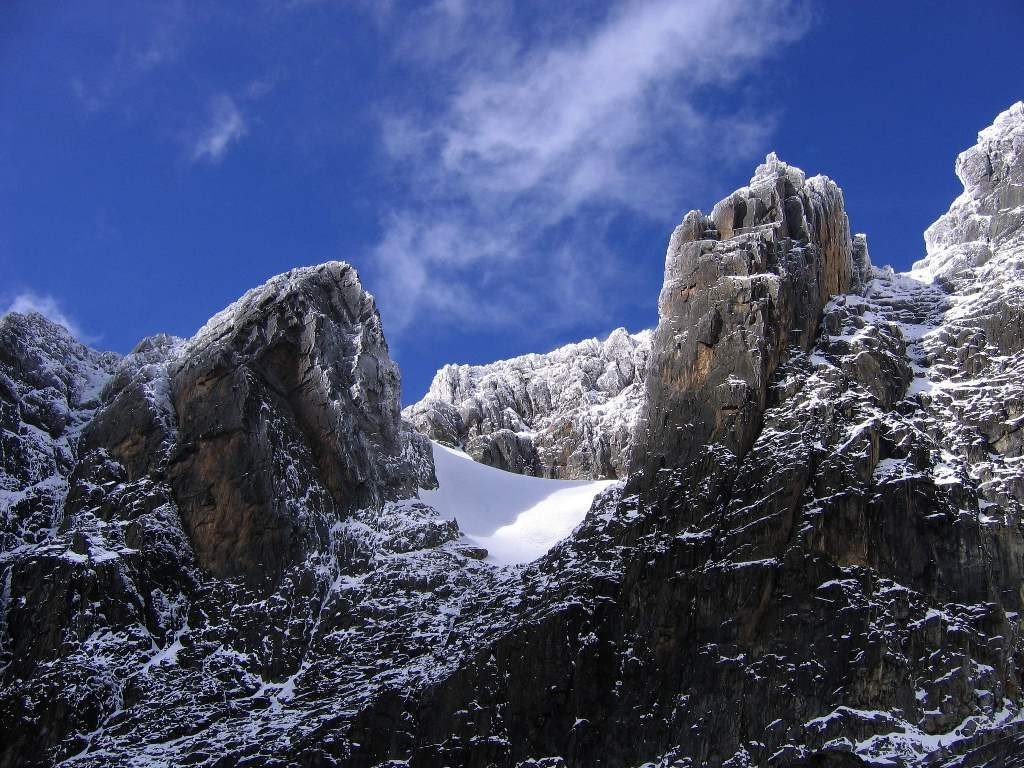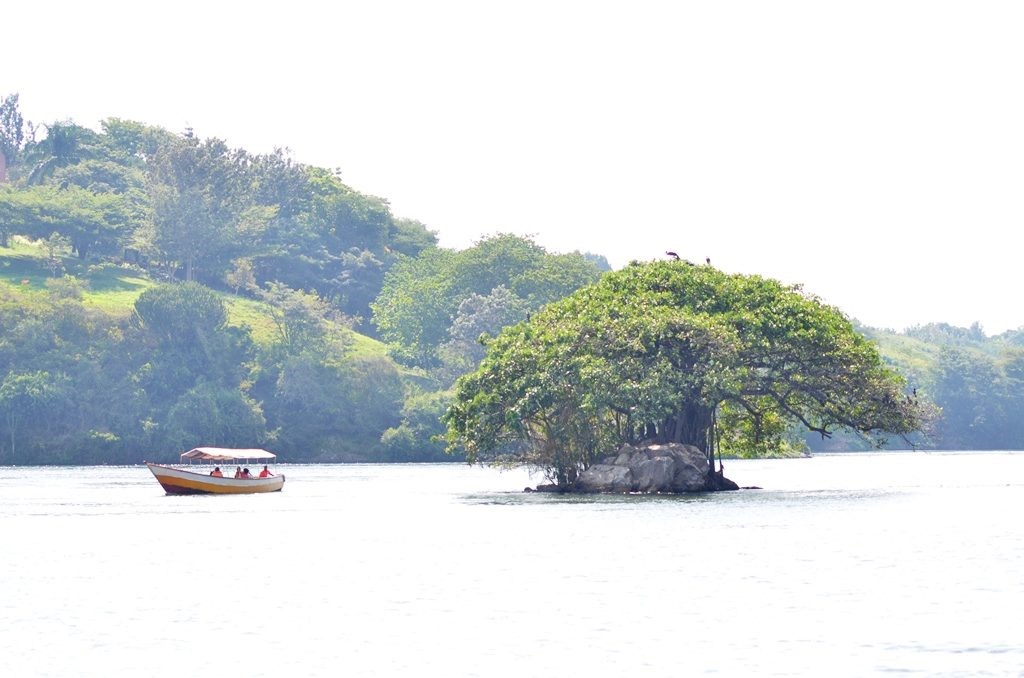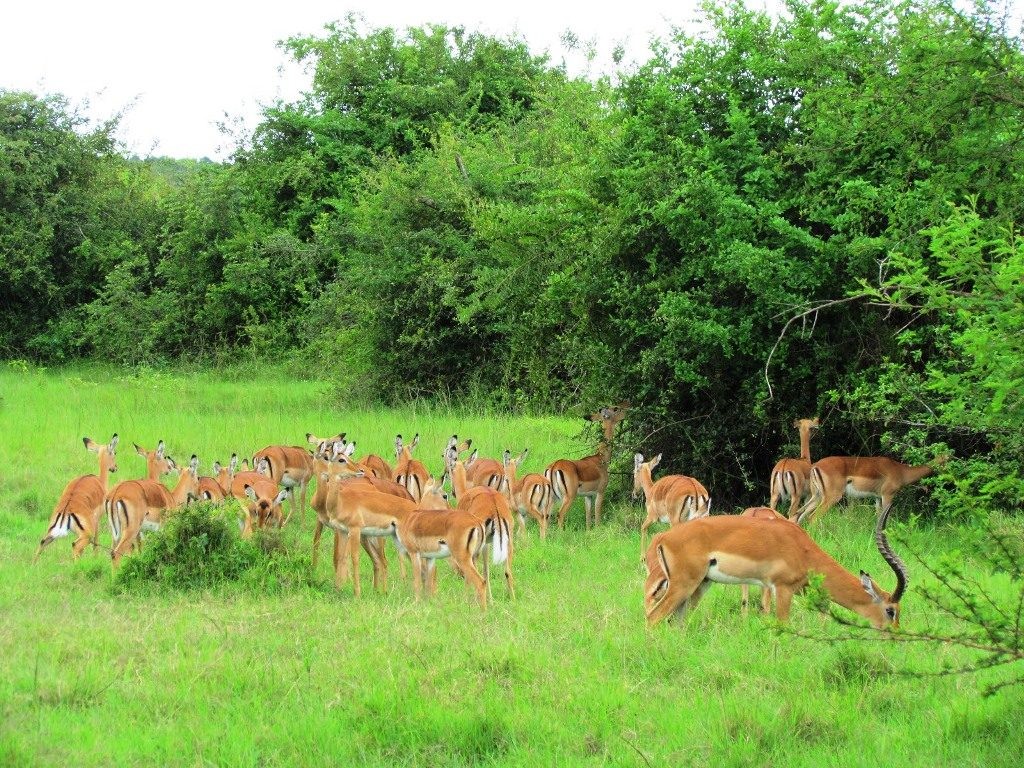.
Uganda is one of the most beautiful countries in Africa. Top tourist destinations in Uganda lead you to various beautiful attractions during your stay in the country. With its dense misty forests, snow-peaked mountains, glassy lakes, and sprawling savannas, it’s no wonder Winston Churchill dubbed this wonderful country the ‘pearl of Africa’. While mountain gorillas are the allure for many visitors, there’s an astounding variety of attractions for tourists.
A land that’s painted in 1,001 shades of green with fantastic natural scenery.
Here are the Top tourist destinations in Uganda.
Bwindi Impenetrable Forests National Park
Bwindi Impenetrable National Park lies in southwestern Uganda on the edge of the Rift Valley. Its mist-covered hillsides are blanketed by one of Uganda’s oldest and most biologically diverse rainforests. It dates back over 25,000 years. The forest is one of the richest ecosystems in Africa and contains almost 400 species of plants. An estimated 320 mountain gorillas – roughly half of the world’s population, 350 species of birds, 120 mammals, and a lot more.
The bwindi impenetrable national park is known mostly for gorilla trekking. It has four gorilla trekking sectors which include Buhoma, Rushaga, Ruhija, Nkuringo, and Mgahinga which were recently added. Rushaga has 5 gorilla families and is actually the only sector that is permitted for Gorilla Habituation in Bwindi National Park.

Explore Bwindi Impenetrable Forest National Park
Rwenzori Mountain National Park
The Rwenzori Mountain also known as “Mountains of the Moon” a UNESCO World Heritage Site, lies in western Uganda along the Uganda-Congo border. The equatorial snow peaks include the third highest point in Africa, while the lower slopes are blanketed in moorland, bamboo, and rich, moist montane forest.

The national park hosts 70 mammals and 217 bird species including 19 Albertine Rift endemics, as well as some of the world’s rarest vegetation.
Queen Elizabeth National Park
Explore Queen Elizabeth National Park
Murchison Falls National Park
Kibale Forest National Park
It is a national park in South Uganda protecting moist evergreen rainforests. It is 766 km^2 in size and is located between 1100 and 1600 meters in elevation. Despite encompassing primarily moist evergreen forest, it contains a diverse array of landscapes. Kibale is one of the last remaining expanses to contain both lowland and montane forests. In East Africa, it sustains the last significant expanse of pre-montane forest. The park is home to a total of 70 mammal species, most famously 13 species of primate including the chimpanzee, containing over 375 species of birds.

Explore Kibale National Park
The source of the Nile
 There is something magical about the Nile, the longest river in the world and the source of life for many great civilizations throughout the ages. The source of the Nile alluded to hazily in the ancient writings of Ptolemy, stood as one of the great geographical mysteries of the Victorian Age. Closer to home, the Nile downriver from Jinja, Uganda, offers some superb white water rafting and game fishing.
There is something magical about the Nile, the longest river in the world and the source of life for many great civilizations throughout the ages. The source of the Nile alluded to hazily in the ancient writings of Ptolemy, stood as one of the great geographical mysteries of the Victorian Age. Closer to home, the Nile downriver from Jinja, Uganda, offers some superb white water rafting and game fishing.
Mt. Elgon National Park
At 4,000km² Mt. Elgon has the largest volcanic base in the world. Located on the Uganda-Kenya border it is also the oldest and largest solitary, volcanic mountain in East Africa. Its vast form, 80km in diameter, rises more than 3,000m above the surrounding plains. The mountain’s cool heights offer respite from the hot plains below, with the higher altitudes providing a refuge for flora and fauna. Mount Elgon National Park is home to over 300 species of birds, including the endangered Lammergeyer. Small antelopes, forest monkeys, elephants, and buffalos also live on the mountainside.

Explore Mount Elgon National Park
Semliki National Park
Semuliki National Park sprawls across the floor of the Semliki Valley on the remote, western side of the Rwenzori. The park is dominated by the easternmost extension of the great Ituri Forest of the Congo Basin. This is one of Africa’s most ancient and bio-diverse forests; one of the few to survive the last ice age, 12-18,000 years ago. While Semuliki’s species have been accumulating for over 25,000 years, the park contains evidence of even older processes. Hot springs bubble up from the depths to demonstrate the powerful subterranean forces that have been shaping the rift valley during the last 14 million years.

Explore Semliki National Park
Kidepo Valley National Park
Explore Kidepo Valley National Park
Lake Mburo National Park
Lake Victoria
This is Africa’s largest lake and a Top tourist destination in Uganda shared by three countries – Uganda, Kenya & Tanzania. The Lake was named after Queen Victoria by a British Explorer, John Speke, in 1858.
Lake Victoria receives its water mainly from thousands of small streams like the Kagera River and Rainfall. There are a number of Islands located on Lake Victoria and the most common ones are the Ssese Islands.
The Ssese Islands are an archipelago of eighty-four (84) islands in the northwestern part of Lake Victoria in Uganda. The Ssese Islands – listed among the world’s best secret Islands by Lonely Planet. They are a well-known destination for Ugandans for their beauty, affordability, and ease of access.
And on top of those amazing sunrises, sunsets, and Holiday weather all year long. Also found in Lake Victoria is Ngamba Island Chimpanzee Sanctuary.
Lake Bunyonyi
Top tourist destinations in Uganda include Lake Bunyonyi.
Many tourists and travelers who undertake a Gorilla trekking safari in Uganda. They can also come to Uganda after their Rwanda Gorilla safari experience. Here, they rest and relax at the beautiful Lake Bunyonyi.They get to enjoy one of the best sceneries in the whole world. They involve themselves in various cultural and community activities like canoeing. Lake Bunyonyi is located in southwestern Uganda between two districts of Kisoro and Kabale close to the border with Rwanda.

It’s also the second deepest lake in Africa. Activities at Bunyonyi include canoeing, boat riding, local tour, swimming. There is also hiking the highlands around the lake, pygmy village tours, and birding.
Kampala city
Kampala is Uganda’s capital and the largest city with a population of around 1.5 million people. It is located in the south-central part close to the shores of Lake Victoria.
Kampala City TourKampala was named the 13th fastest-growing city on the planet, with an annual population growth rate of 4.03%. Many Museums and monuments are located within the city like the Kasubi tombs, Mengo Palace. Also Bahai temple, Uganda Martyrs shrine, and many more.
The Namugongo shrine located just 15km east of Kampala. It is one of the most popular ones and every year on the 3rd of June. People flock in 10s and 1000s to honor and pray to God through the intercession of the 22 Martyrs.
Other places like the Rubaga Cathedral and Kasubi tombs are also commonly visit. Also, a City Tour can go ahead by a Pamoja Tours and Travel Consultant to see all these places.
In conclusion, book your safari with Pamoja Tours and Travel now. Check out some of the top rated safari itineraries:
3 Days Chimpanzee Trekking and Cultural Safari Kibale Forest National Park
Also, check out our vehicles we use during the safari:
We give 5% of our profits from safaris to vulnerable communities.
Also, we have Pamoja Health Initiative where you can book a trip with us and be able to become an advocate or volunteer in sensitizing communities about Maternl Health, Sexual and mental health awareness.
Read more about Pamoja Health Initiative : https://www.pamojahealthinitiative.org/#










